The last time I broke a bone was a fractured metatarsal in my left foot over twenty years ago, weeks before I climbed Kilimanjaro. Before that, fresh out of college, I broke my left arm. I only recall two things from that first experience: casts trap the odor of garlic. They also cause terribly itchy skin. Over time I’ve seen that older adults take much longer to heal than kids, teens, and young adults. Even if we have an iron will and a high tolerance for pain. Following my recent wrist injury of 2/22/22, I have been reflecting on the importance of recovery to move forward, for myself and for my adult clients over fifty.
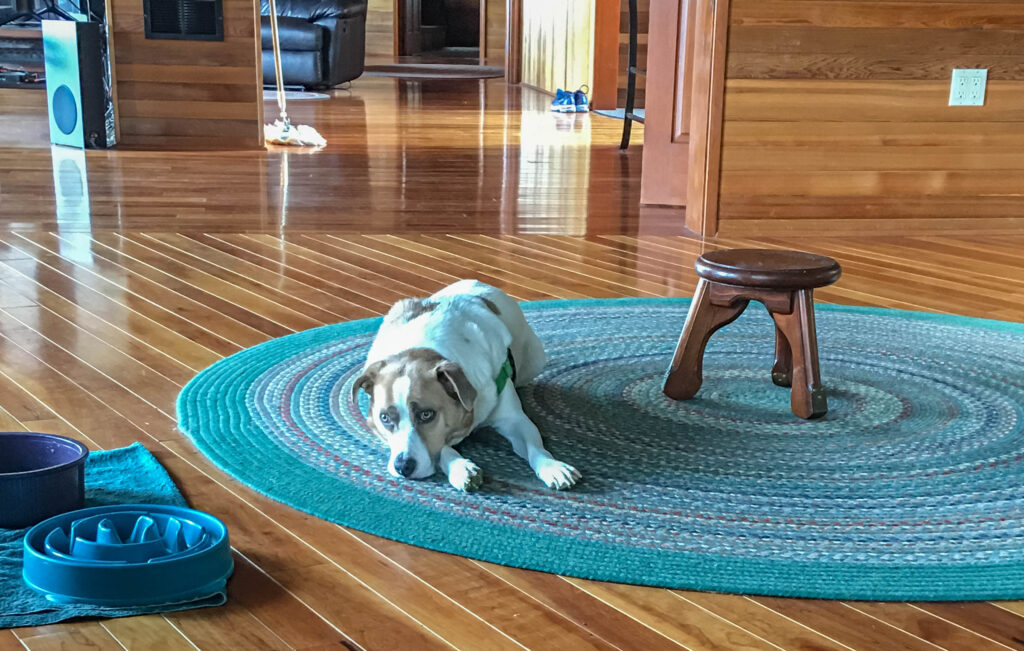
When To Prioritize Recovery
If you feel stuck with your workouts, or you struggle to make any gains despite herculean efforts, check your overall volume of activity and the quality of your sleep. Rest and recovery play an enormous role in sports performance as well as in injury recovery. Most adults don’t seem to get enough sleep.
What are some indicators of overtraining? The following behavioral indicators are your body’s way of making further increases in stress volume and performance improvement nearly impossible:
- Apathy
- Changes in sleep patterns
- Decreased libido
- Increased thirst or sugar cravings (beyond the norm)
- Lethargy or sluggishness
- Loss of ability to concentrate
- Unexplained irritability
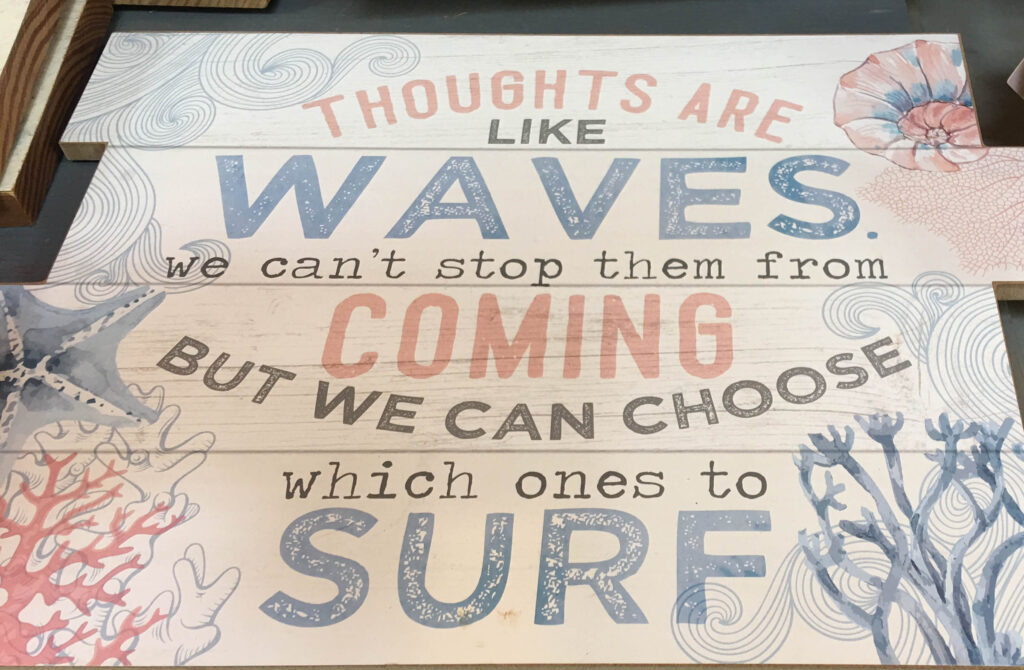
Physical indicators include:
- Change in resting heart rate
- Diarrhea
- Fatigue or muscle soreness beyond DOMS (Delayed Onset Muscle Soreness)
- Infection
- Injury
- Lymph gland swelling
- Reduced performance (slowed times, weaker on climbs or lifts),
- Slow-healing wounds
- Unusual weight fluctuation
None of these is a “sure” indicator. However, if you have several at one time, your body may be asking for rest.

Rest
A properly designed training program includes at least one day per week for active recovery or rest. If you are hiking more than five miles with a weighted pack, plan to take the following day off for stretching or walking. A light yoga or stretching session, hot tub soak, or massage might also help. If you feel like you need an extra day of rest, take it. As you get more accustomed to the rigors of your training program, you will find your stamina and recovery improving. Without including regular periods of rest in your seasonal schedule, you run the risk of burnout, overuse, or worse, injury.
Sports Massage
Recovering from tough workouts can take many forms. A common sports restoration method is massage, although there are almost as many different forms of massage as there are sports. After a long hike, you may enjoy flushing strokes to help speed the removal of lactic acid and other built-up waste products that accumulate during exercise. Anything deeper (i.e. rolfing) may actually cause muscle damage.
If you feel muscle stiffness or soreness, you might enjoy an occasional massage, but be aware that exclusively using one method may result in your body adapting to it. You might get better results by cycling through the methods you choose.

Proper Nutrition
After you’ve been hiking for multiple hours, it’s important to get quality nutrition to help replenish depleted glycogen stores. Consider starting with a mixture of carbohydrates (40-50%) and protein (20-30%) along with healthy fats (20-30%) and adjust to suit your individual needs. Foods containing antioxidants (like blueberries) or bromelain (like pineapple) can also help the body speed healing. Consider blending together yogurt, fresh fruit or juice, and collagen or protein powder with ice for a refreshing and nutritious snack.
Exercise and Illness
The six hours following any challenging workout is the critical phase for remaining healthy. That’s when your immune system is the most stressed and the least capable of fighting off illness. I use the reminder, “Above the neck, what the heck? Below the head, stay in bed.” If you have a scratchy throat, runny nose, or sneezing, you may be able to train at reduced intensity. However, if you experience chills, fever, aching muscles, or chest cold (i.e. you’re coughing up material from deep in your lungs), your body needs rest. Drinking plenty of liquid, getting additional sleep, and sure you are getting enough vitamin C and D can help.
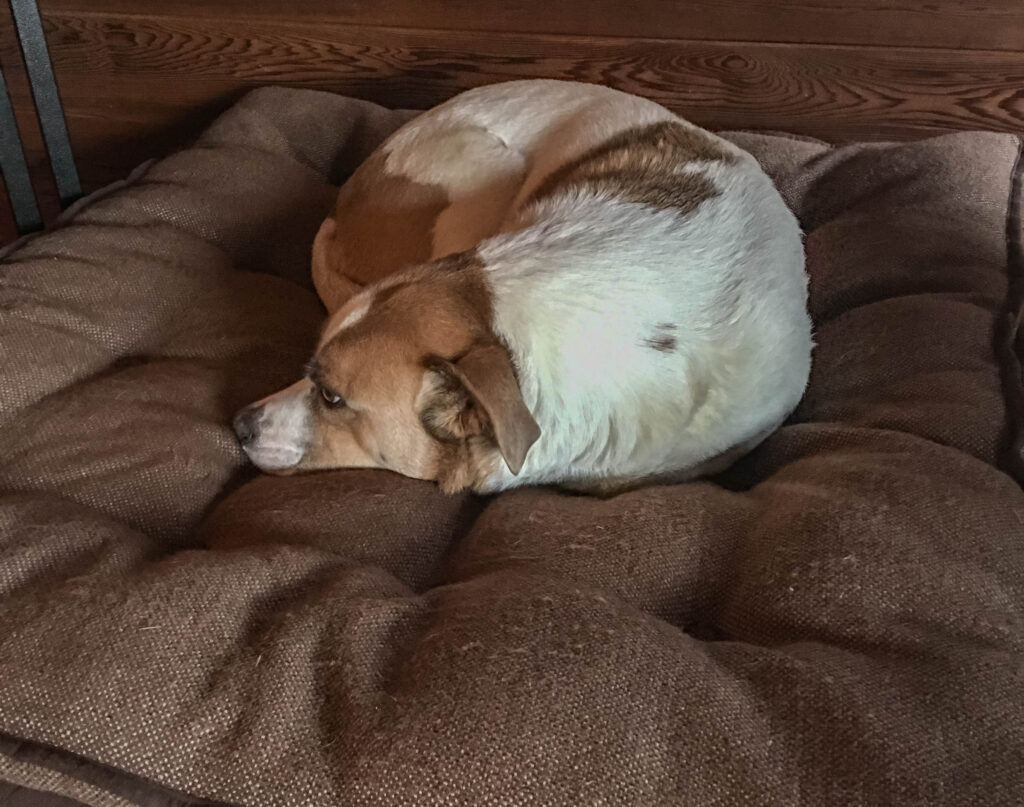
Alternating Heat-Cold
Another great recovery technique is soaking in a hot tub or shower for twenty minutes. If you choose this method, continue to drink fluids to help speed recovery. Consider alternating between heat and cold — a short stint in the hot tub, followed by a quick dip in a cold shower or, if you’re so equipped, a cool pool – two or three rounds back and forth. This works really well for lower body issues (such as sprained ankles, swollen legs, or plantar fasciitis.) Try adding lavender oil and epsom salts for a delicious treat for the body.
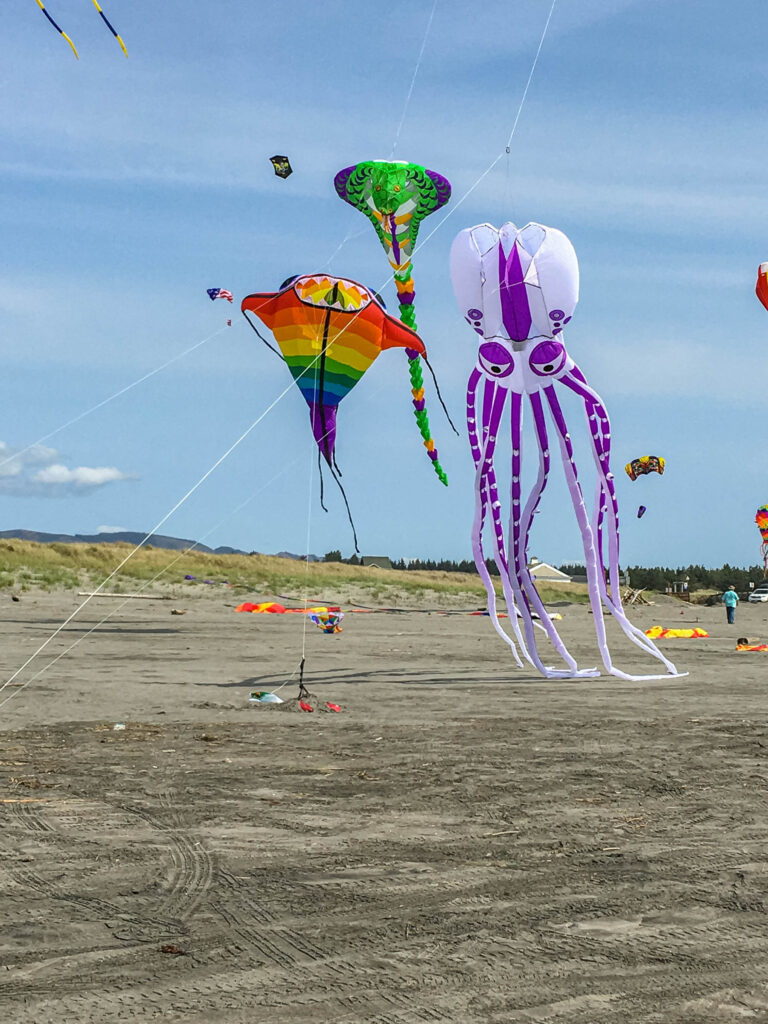
Active Recovery To Move Forward
Outdoor athletes can benefit from active recovery workouts reduced in intensity, either later on the same day or on days following long workouts. The distance hiker or backpacker might take a shorter walk with less gain, less effort, and no pack. Active recovery can also take the form of cross-training, using completely different muscle groups than those used in your sport – activities like gardening, flat bicycling, yoga, Tai Chi, or strolling barefoot along the beach are all suitable activities for recovery.
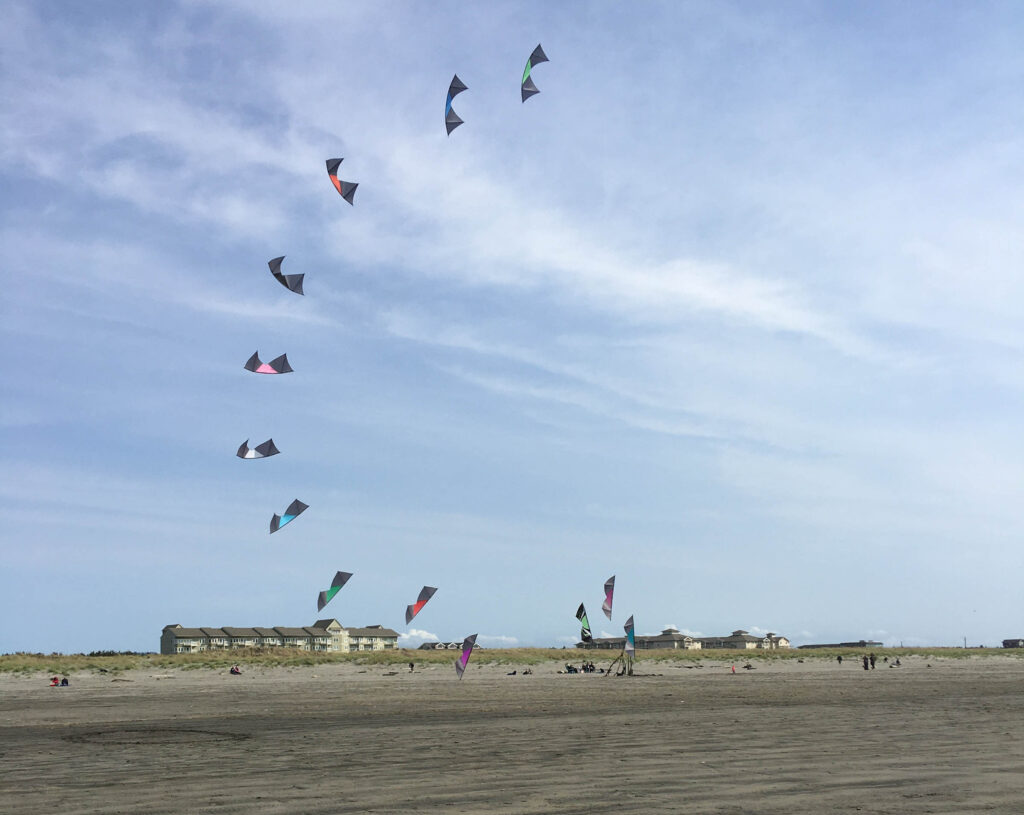
Relax and Stretch
Stay off your feet, see a movie, read a good book (or three!), take a short nap (or sleep in). Sit on the floor and stretch gently. Listen to soothing music. Connect your bare feet to the earth, known as grounding. Eat plenty of good, wholesome food. Try some yoga or meditation. Active recovery means unstructured time for the body, mind, and spirit. If your program has enough built-in recovery time, you will be supercharged and moving forward with more health, vibrancy, and well-being.


Silvie Marie provided confirmation of the benefits of following your advice on the “importance of recovery to move forward”; for a fully balanced feedback, testimony of what happens to those who do NOT listen to you is probably useful; I am glad to say that I can provide THAT feedback (😊) as I am right in the middle of dealing with setbacks due, in part at least, to an insufficient focus on recovery. While I could always rely on your patience and understanding, the same did not appear to be true of my body; it’s patience just went so far before it started talking (shouting?) back at me. Of course, I do know that “older adults take much longer to heal”… but I also seem to believe that this is for people “older”… than me! So yes, I tend to be less “obsessive” about recovery than I am about “forging on” during the active parts of training or during my adventures. I only give myself a passing grade on “ an iron will and a high tolerance for pain”, but I am aware that I regularly tend to “overdo it”: I should hike for 18 miles? What about “pushing it” to 22? I should carry a #35 pack? I feel I can “do” #38, why not try? Etc. Part of it might be coiled tightly in the male primal brain and its need to “prevail” and “conquer”; part of it is how suspicious I always am of the pull to “cut corners” and choose “the easy path”; I am afraid I will “slack”. Sure enough, the results of such an attitude are square in the realm of “overuse, or worse, injury.”: Lightly fractured rib, hyperextended knee, tendonitis, and metatarsalgia. Why? Because I clearly did not put enough emphasis on recovery when there WERE signals that I was asking too much of my body at that particular time (from your list: “Fatigue or muscle soreness beyond DOMS”, “Injury”, “Reduced performance”, ”Slow-healing wounds »). When I DID pay attention to recovery, I had success with some of the “tips” you provide: hot tub soak, Epsom salt, stretching, proper nutrition (I crave berries and nuts in particular), focusing on water consumption. To this list, I will now add massage, alternating hot/cold, flat bicycling for starters… not dismissing the fact that a good blog read followed by sitting down to draft a reply, is very “healing” too 😊. To finish, I of course like the concept of “active recovery” as it still provides that feeling of “working” towards the coveted goal, tricking that scaly brain into believing some “chase” is still going on.
Yes Gerard — and thanks for the comment. I too am practicing what I preach because despite thinking sometimes that I am still a teenager at heart, I don’t recover like one — and the more active we are THE MORE IMPORTANCE WE HAVE TO PUT ON RECOVERY. Train hard, recover harder. Fear of “slacking” pushes many of us to do more than our bodies are ready for. I got back on the trail today, first time since breaking my wrist 2.22.22 and part of me wanted to do it again. The prudent part of me (thinking about my blog and the advice I give about starting easy and adding as we’re ready) said “nope, that’s enough for today. See how you feel. Better to feel GREAT than put even more strain on an already recovering body.” Instead, I focused on the photography, the flowers, the birdsong, the fresh air. I left wanting more, feeling good, noticing that I was still ready for more instead of being in pain, whooped, demoralized. Frankly I LIKE leaving energized rather than bushed! Try it some time! Yes, active recovery is our friend. May we all benefit from slowing down on occasion and trusting that the mountains will be there LONG, LONG after we are (well, St. Helens excepted of course!) Keep recovering! And stay tuned for Blog 37 when I address positive messages and affirmations!
I love this article. This is what you preach for all the years you coached me. I learn from a pro and it has served me well. No injury. I learn very early on to have recovery time in my training. And I will continue to do so.
Right on Silvie Marie! So very glad you got good habits firmly ingrained! Thanks for the post and keep on hiking.